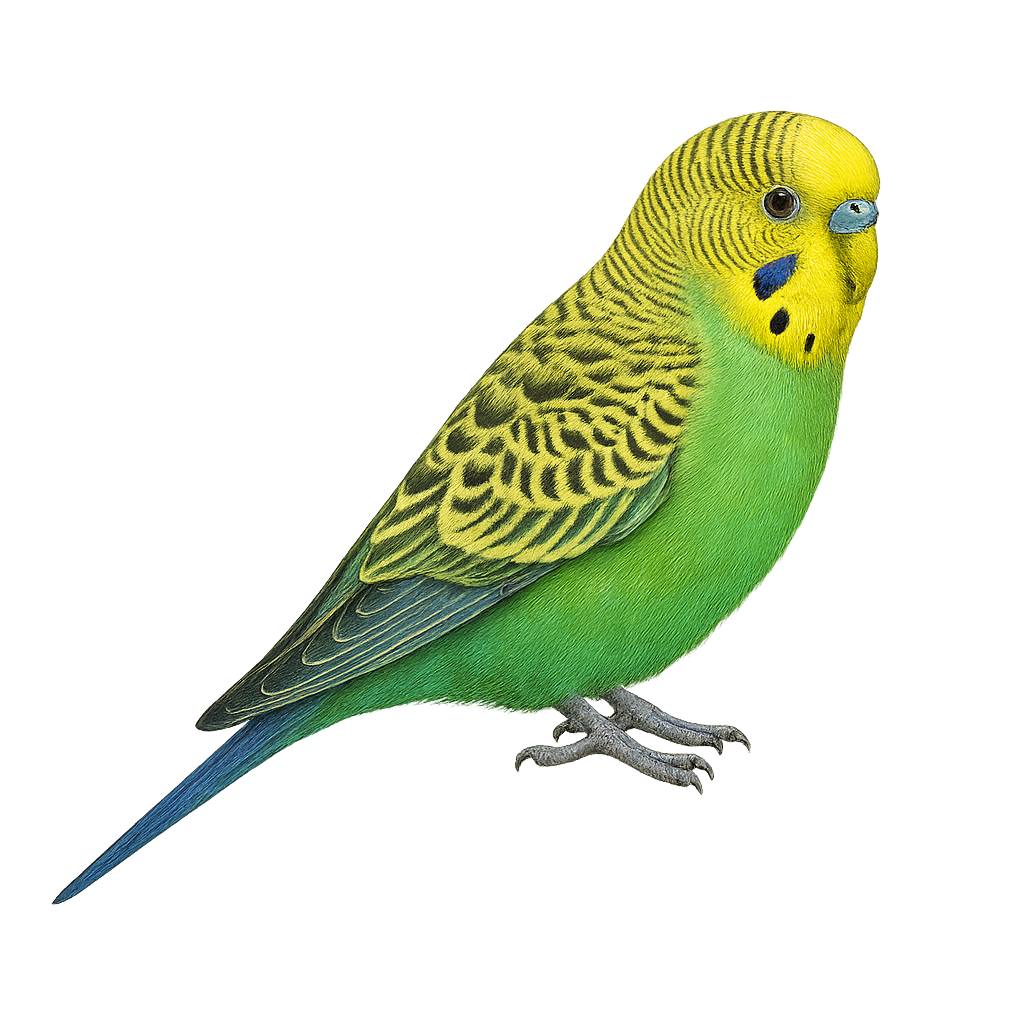Your wildlife photography guide.
Explore the budgerigar in detail, study its behavior, prepare your shots.
Where to observe and photograph the budgerigar in the wild
Learn where and when to spot the budgerigar in the wild, how to identify the species based on distinctive features, and what natural environments it inhabits. The WildlifePhotographer app offers tailored photography tips that reflect the budgerigar’s behavior, helping you capture better wildlife images. Explore the full species profile for key information including description, habitat, active periods, and approach techniques.
Budgerigar
Scientific name: Melopsittacus undulatus

IUCN Status: Least Concern
Family: PSITTACIDAE
Group: Birds
Sensitivity to human approach: Not very shy
Minimum approach distance: 3 m
Courtship display: July to October
Incubation: 17-20 jours
Hatchings: July to November
Habitat:
grasslands, savannas, semi-arid areas
Activity period :
Primarily active during the day, with peak activity in the morning and late afternoon.
Identification and description:
The budgerigar, Melopsittacus undulatus, is a small, colorful bird native to Australia. It is very popular as a pet due to its sociable nature and ability to mimic sounds. Measuring about 18 cm in length, it has predominantly green plumage with black undulations on its back and wings. Males and females can be distinguished by the color of their cere, blue in males and brown in females. In the wild, they live in large colonies and primarily feed on seeds. Highly adaptable, they can survive in various environments, from grasslands to semi-arid areas.
Recommended lens:
200 mm – adjust based on distance, desired framing (portrait or habitat), and approach conditions.
Photography tips:
To photograph the budgerigar, choose morning or afternoon hours when the light is soft. Use a 200mm lens or longer to capture details without disturbing the bird. Be patient and observe their behavior to anticipate movements. Budgerigars are often in groups, providing opportunities for dynamic shots. Remember to check the background to avoid distractions and play with depth of field to highlight the subject.
The WildlifePhotographer App is coming soon!
Be the first to explore the best nature spots, track rutting seasons, log your observations, and observe more wildlife.
Already 1 431 wildlife lovers subscribed worldwide

